Mount Ararat rises over Armenia’s capital, Yerevan, its peak often lost in clouds. It is the country’s national symbol, yet it stands across the border in Turkey. That border has been closed since the early 1990s, when Turkey sided with Azerbaijan against Armenia – cutting Armenia off from its largest western neighbor and leaving it dependent on narrow trade corridors through Georgia and Iran.
For three decades, the conflict shaped the politics of the South Caucasus, drawing in Russia, Turkey and Iran. The peace agreement between Armenia and Azerbaijan, signed today in Washington, represents more than the end of a long-standing territorial dispute. It marks the return of American power in the region and one of the most significant strategic interventions since the Soviet collapse.
The agreement negotiated by the Donald Trump administration establishes a transit corridor, to be known as the Trump Route for International Peace and Prosperity, or TRIPP, and links Azerbaijan, through Armenia, to Turkey. The United States will hold exclusive rights to operate the roughly 20-mile route under Armenian law, leasing it to a Western consortium for rail, pipeline and fiber-optic projects over a multi-decade term.
It’s the first frozen conflict to be solved in the former Soviet Union in the last three decades. The historic agreement restores diplomatic, political and economic ties between the two countries. Trump announced that the United States had signed separate agreements with each country to expand cooperation in energy, trade and technology and the US is to deepen defense cooperation with Azerbaijan.
The press conference that followed the signing on Friday was heavy on flattery for President Trump, of the sort Washington audiences have grown accustomed to, but with an extra layer of Caucasian courtliness. Both leaders on stage, veterans of a region where public praise is both an art form and a form of political currency, laid it on thick, saying they plan to send the Nobel committee a letter to award the president the peace prize.
The Trump administration has pushed through an agreement that will carry the President’s name, one he is certain to frame as a personal victory. It joins the Abraham Accords, which successfully normalized relations between Israel and several Arab states in 2020, among Trump’s most significant diplomatic achievements during the first term.
While other initiatives, such as his bid to end the war in Ukraine or proposals to offer economic incentives to Palestinians in exchange for political concessions, have yet to bear fruit, the Armenia-Azerbaijan agreement delivers tangible benefits for both countries and advances US strategic interests in a region bordering Russia and Iran.
The corridor gives the US a non-military but a strategic foothold in a transit hub linking Europe and Asia. It diversifies energy routes away from Moscow and China, offers US companies opportunities in infrastructure, and strengthens NATO’s southeastern flank.
Yet it also carries risks. US interests are now tied to the stability of Armenia-Azerbaijan relationship, opening another theater for Moscow or Tehran to manipulate US engagement and test Washington’s resolve. A century ago, the British moved into Baku – the capital of Azerbaijan – for its oil, only to abandon it when the Bolsheviks arrived, handing the region to Moscow for the next hundred years. The danger is Washington letting it slip away just as quickly or risking greater involvement.
The Zangezur corridor – or now Trump corridor – is a short strip of road that has long been a point of contention between Armenia and Azerbaijan. The signing caps months of talks in which US officials replaced Russia as the main mediator. This reversal of roles was shaped by Russia’s preoccupation in the war in Ukraine, Moscow refusal to side with its long-time ally Armenia and follows a US strike on Iranian nuclear facilities that demonstrated American power to the regional players.
The Nagorno-Karabakh war began in the late Soviet period, when Armenian forces, took the Armenian majority enclave and surrounding Azerbaijani districts. By 1994, more than 600,000 Azerbaijanis had fled, and a Russia-brokered cease-fire froze the lines. For a generation, Moscow dominated the process. The Minsk Group, co-chaired by Russia, the US and France, produced proposals but no settlement. Armenia held the territory, with Russia its strategic partners, while Azerbaijan rebuilt its military with oil and gas revenue, soon swapping diplomacy for drones.
In 2020, Azerbaijan recaptured much of the land in a six-week war, using Turkish-supplied drones and Israeli technology. In September 2023, Azerbaijani forces took the rest in a one-day operation, prompting a full exodus of over 100,000 Armenian population. Russian troops did not intervene and started to withdraw from the territory over a year ago. Moscow was already consumed by its full-scale invasion of Ukraine.
Armenia has now distanced itself from Moscow, quitting active participation in the Russia dominated organizations, conducting small military exercises with the United States and calling the alliance with Russia a “strategic mistake”.
The American-controlled route carries strategic value that extends beyond the immediate participants. It adds a new link to the modern Silk Road, complementing the existing route that carries Caspian oil to the Mediterranean. The latter has been the region’s primary east-west artery for two decades, the new link offers an additional transit option for critical goods, energy and infrastructure from Central Asia to the West, and curtails Beijing’s ambition to draw Central Asian countries closer.
For Washington, the agreement marks more than a diplomatic win. It places US infrastructure on Iran’s northern border. This when Tehran is grappling with the aftermath of attacks against its nuclear facilities and when its proxies, including Hamas and Hezbollah are weakened by Israeli campaign. Israel, too, stands to benefit from the project, given its close defense ties with Azerbaijan and its push to have Washington invest more in countering Iranian efforts in the region.
The deal also narrows Russia’s room for maneuver in a region it has sought to dominate for two centuries.
More importantly, it’s a signal to the regional actors that American power is now a factor, altering calculations for governments that have sought alternative alignments in Washington’s absence. Among them is Georgia, which for decades was a close US ally until recent years, when its leadership, with a pro-Russian billionaire at the helm, turned the country away from the West going against the will of its overwhelmingly pro-American, pro-Western population. The tilt toward Moscow and growing authoritarianism may become harder to sustain if American engagement deepens.
However, caution remains warranted. The Caucasus has a record of peace agreements collapsing within months, and trust between Armenia and Azerbaijan is minimal. Whether the United States can turn this foothold into a durable constraint on Russian and Iranian influence while advancing regional stability will depend on the seriousness of the engagement as well as on the management of long-standing rivalries.



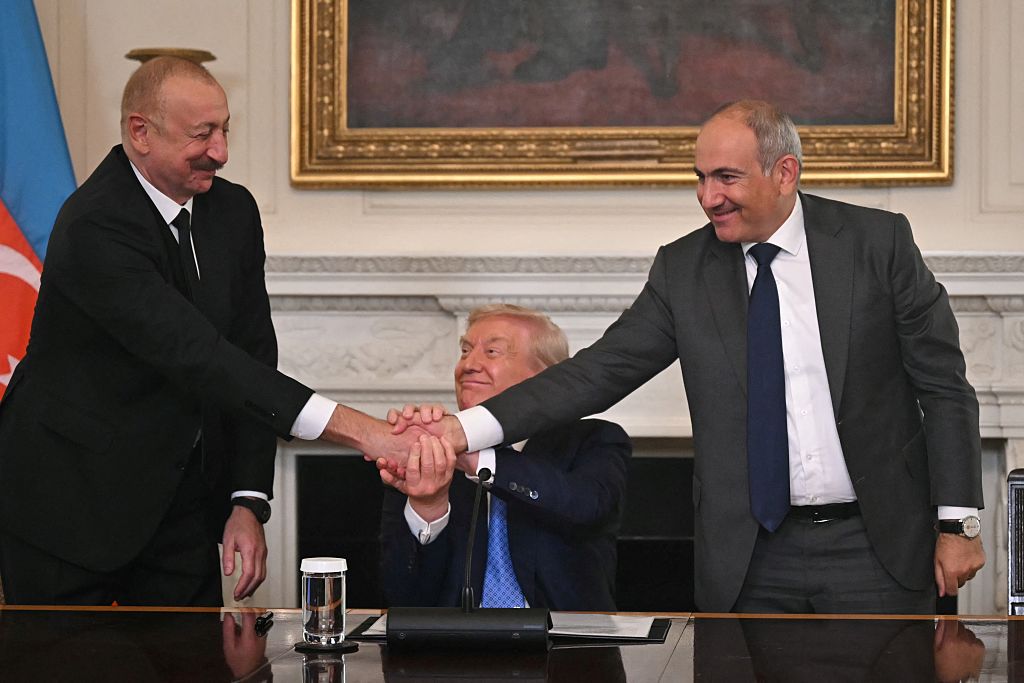









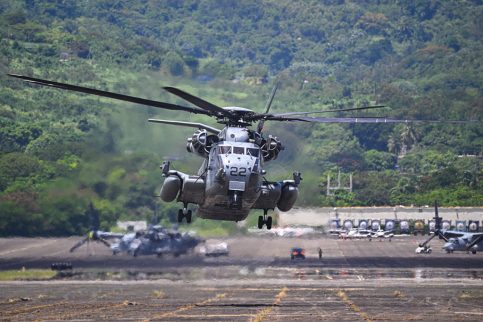
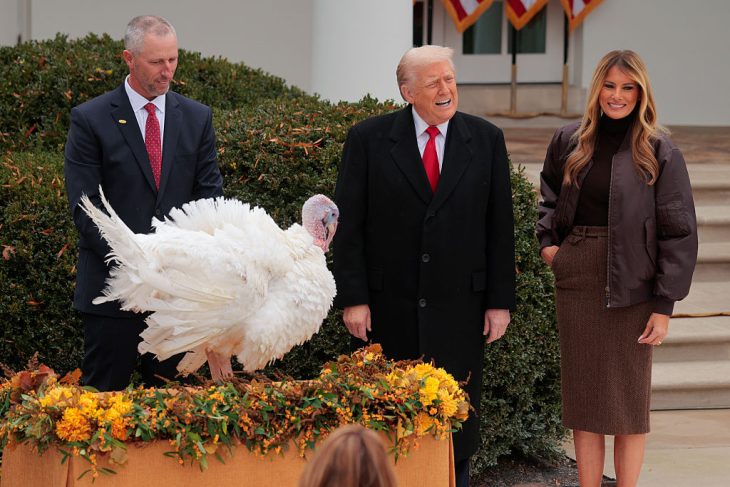
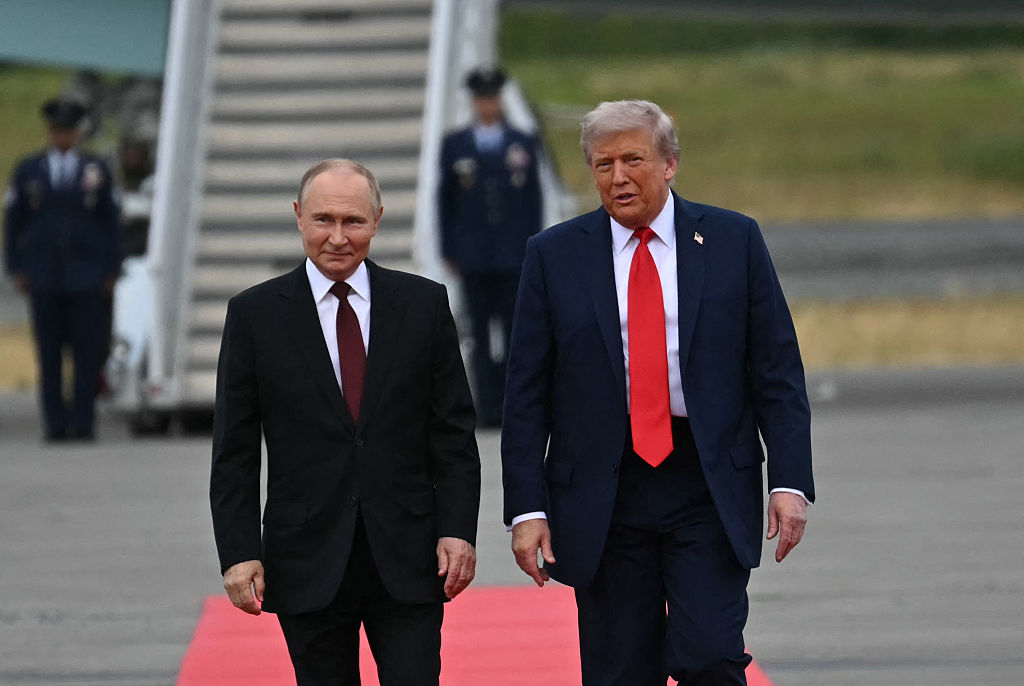
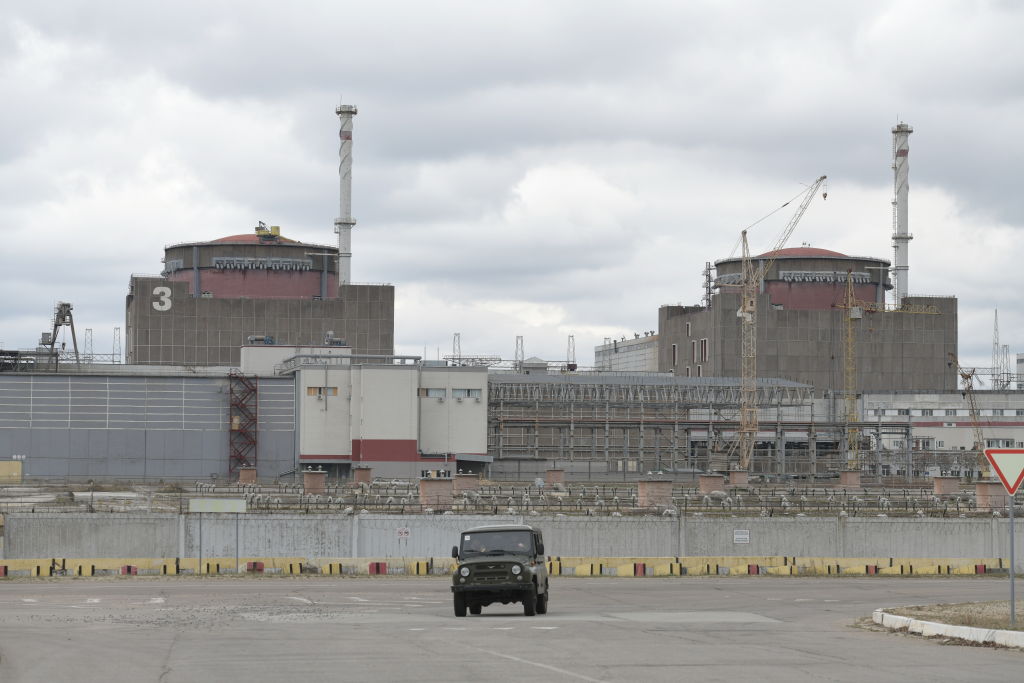

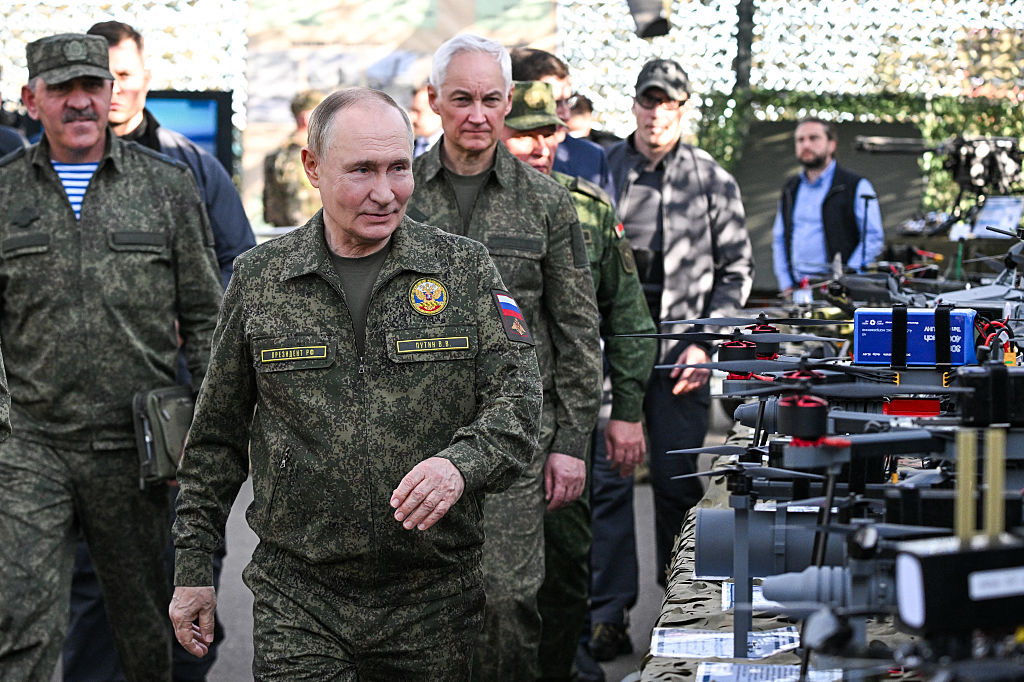

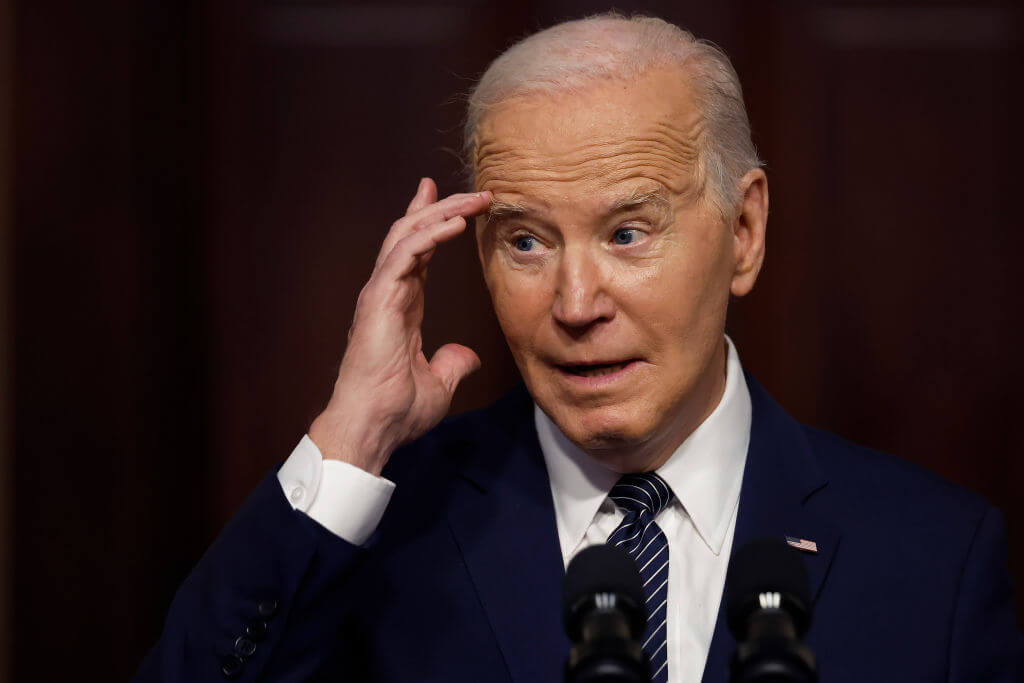



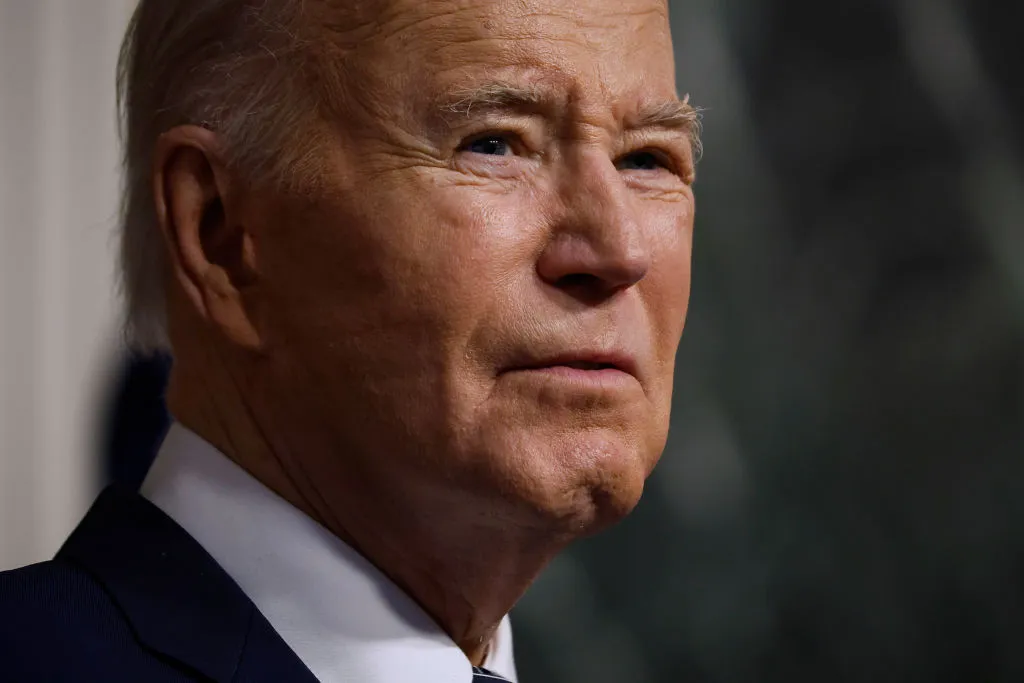

Leave a Reply